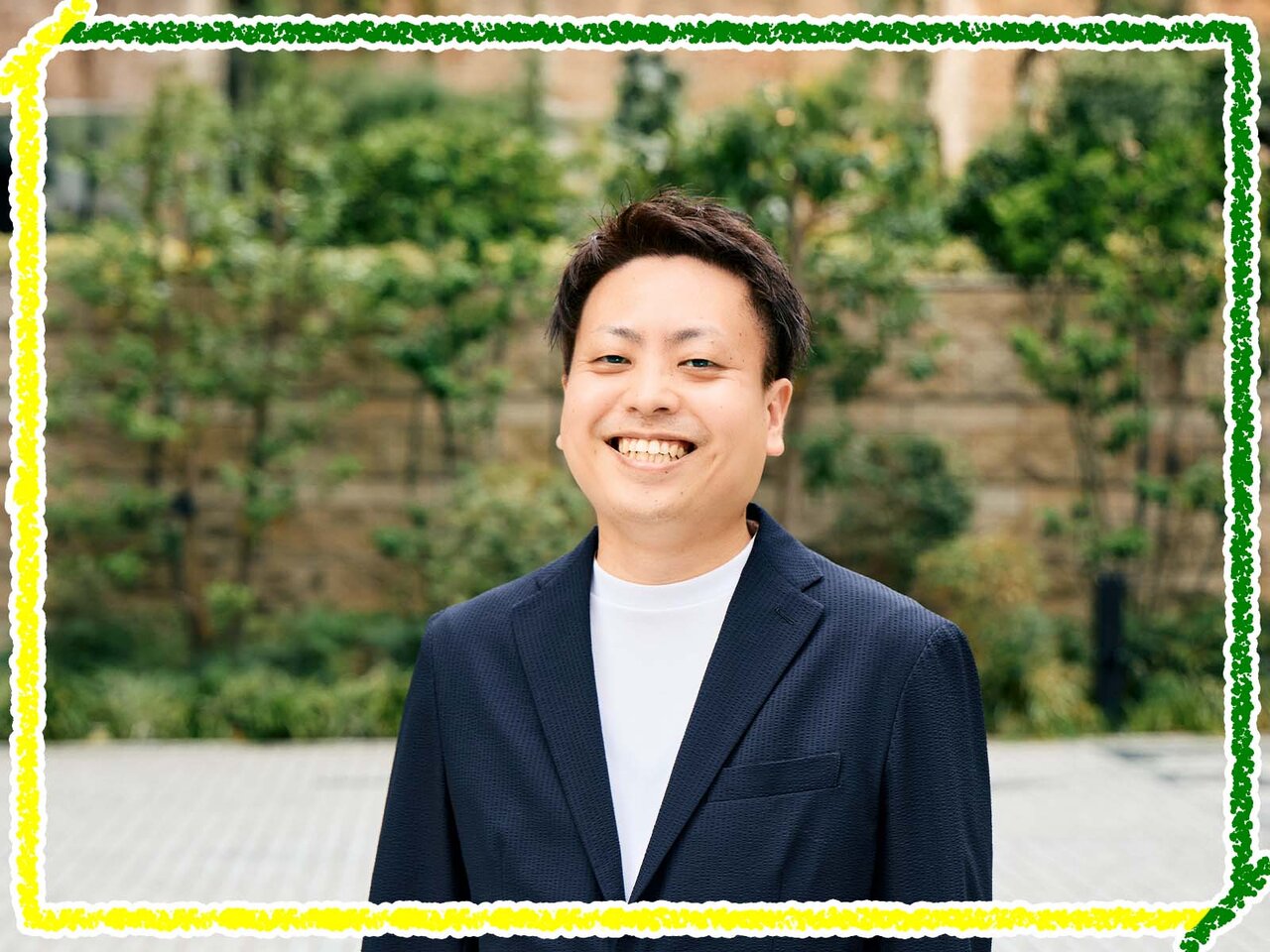
Always Serving Others: How Fukunaga Brings Meaning to His Work at Seven & i Netmedia
Every job has a "starting point."
It could be the time you spent with friends as a student, a part-time job, or even a single comment someone once said to you.
In "Work Styles in Several Colors," we explore the unique career paths of employees within the Seven & i Group, uncovering the individual stories that shape their diverse ways of working.
This time, we feature Fukunaga from the Cloud Engineering Team, Platform Services Department at Seven & i Net Media.
As the IT systems arm of Seven & i Holdings, Seven & i Net Media supports the realization of services that meet a wide range of customer needs. It does so through systems planning, design, development, and operations for companies across the Seven & i Group.
At Seven & i Net Media, Fukunaga plays a key role as a cloud engineer, helping to build the digital infrastructure—the very foundation—upon which the Group’s services run.
His story begins in a quiet temple nestled in the mountains of Miyazaki Prefecture, where he spent his early childhood.
Nature, the Temple, and People
"Wild boars, deer, raccoons—they’d show up right in our yard. That’s the kind of natural environment I grew up in. There was really nothing around our house, so whether I was going to school or heading over to a friend’s place, I’d just pedal my bike for miles."
Fukunaga was born and raised in Kunitomi Town, Miyazaki Prefecture—a place surrounded by gentle mountains and dotted with ancient burial mounds, where nature and history quietly coexist.
His family’s temple, Shiunzan Kosaiji, stands halfway up one of those mountains. Founded in 1462, the temple has long served as a spiritual anchor for the local community.
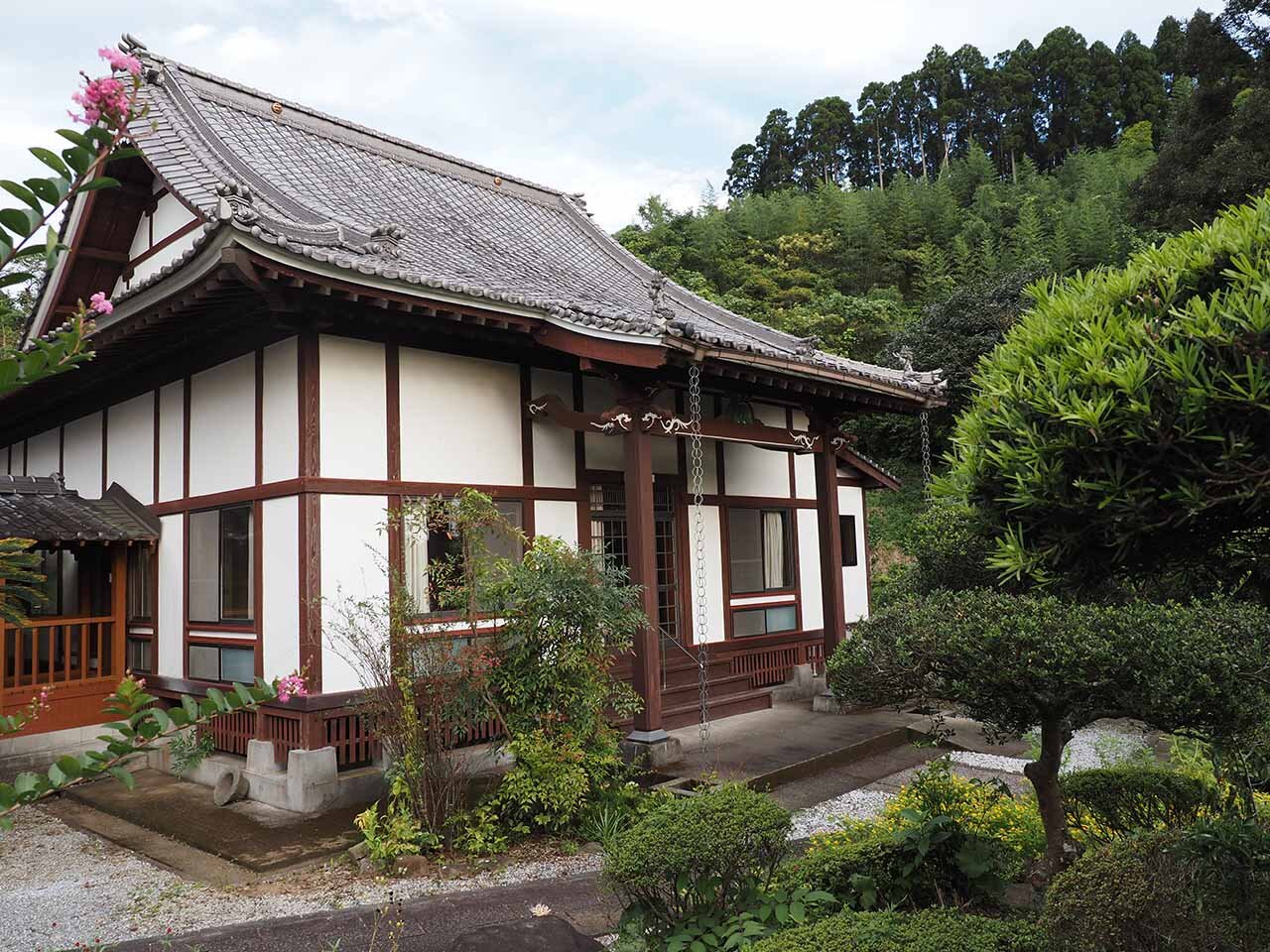
Fukunaga’s family temple, Shiunzan Kosaiji, where he lived until graduating from high school.
"Since it was a temple, helping out at home meant doing samu (temple chores)*. One memory that really sticks with me is New Year’s Eve. We had to choose between ringing the temple bell out in the freezing winter night or sitting indoors and chanting sutras. My brother and I would play rock-paper-scissors to decide who did what—or sometimes we’d switch halfway through."
(*Samu:Physical labor carried out as part of Buddhist training, such as cleaning, cooking, and maintaining the temple buildings and grounds.)
Even after ringing the New Year’s Eve bell, their work wasn’t done. The next task was to serve ozōni (a traditional New Year’s soup) to local parishioners who visited the temple. Fukunaga and his family could only eat their own ozōni once the worshippers had finished coming.
"But it was fun. Thanks to that, I got really good at ringing the bell."
Growing up in the temple, Fukunaga naturally developed a strong connection with the local community. Perhaps that’s why, from a young age, he simply assumed that when he grew up, he would do something that helped others.
Finding My Own Way to Help Others
"At first, I was planning to go to medical school. However I eventually realized I wasn’t comfortable with blood… So then I started thinking, maybe I could help care for people’s minds instead. That’s when I became interested in clinical psychology for a while."
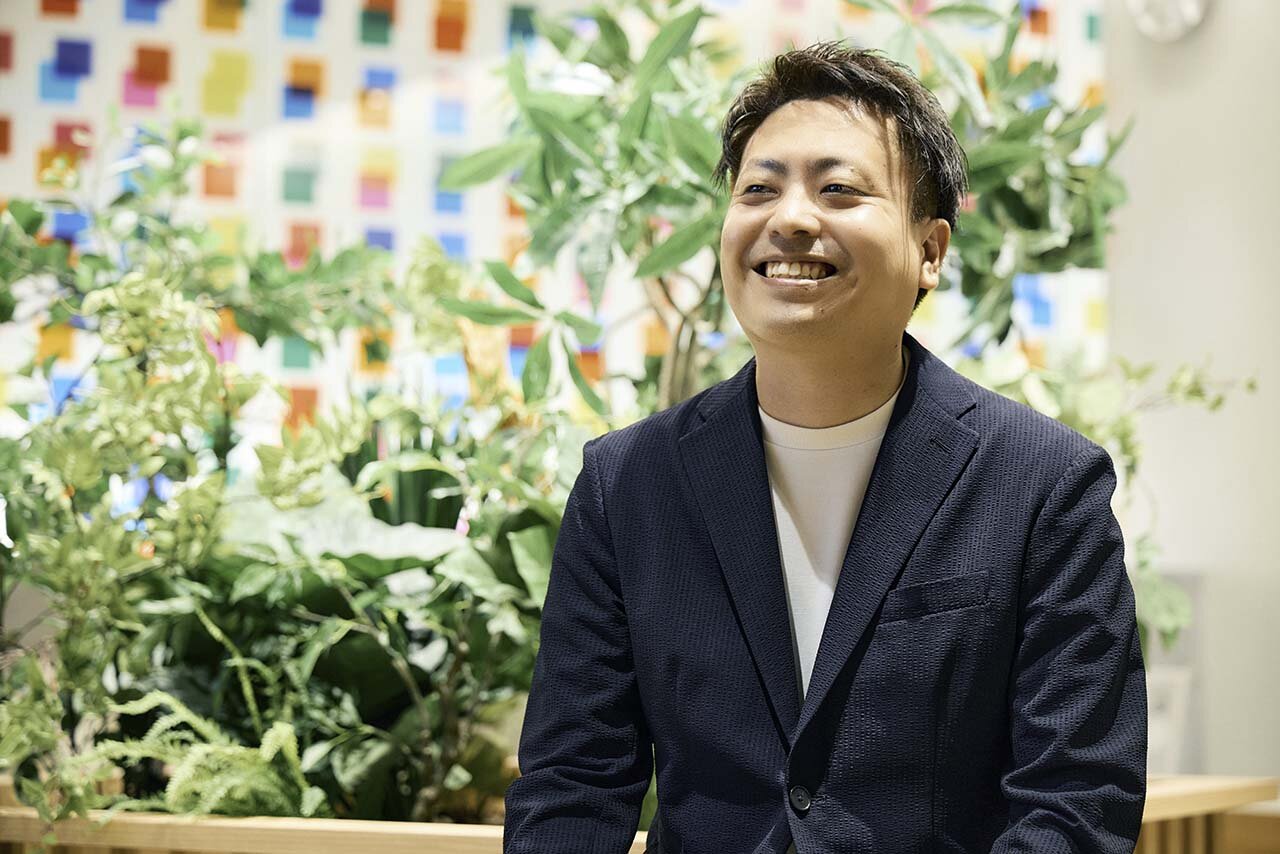
But in the end, the path Fukunaga chose was social welfare.
"Of course, mental health care is important, but I started to feel that I might be better suited to a role where I could support someone within the context of their daily life. In college, I volunteered in child welfare programs and kept helping out even after graduation. It felt half like study, and half like a hobby."
After university, he began working at a senior care facility. Although he had always been passionate about child welfare, he chose elder care instead—for a deeply personal reason.
"It was for my grandparents. Child welfare is a wonderful field, but I was very close to my grandparents growing up. In the end, elder care felt more familiar to me. I thought that by working in that field, I might be able to help them one day."
Fukunaga spent four years at the facility, eventually taking on the role of manager. Through his work, he learned how to connect with people from all walks of life.
"If you’re too rigid or formal, people don’t respond well. Being a little more relaxed works better. Some people I’d see every week—some even every day. If I’d kept saying, ‘This is just my job,’ I wouldn’t have been able to build real relationships."
Although the work was challenging at first, the daily conversations gradually built meaningful connections. While he found fulfillment in such work, he gradually came to feel conflicted as he faced the reality of farewells in the caregiving field.
"I started thinking: even if it’s not through social welfare, I still want to help others somehow. And when I looked down, the thing I happened to have in my hand was a smartphone."
Engineering: a New Way to Support Others
Fukunaga made the move to the IT industry in 2016, a time when smartphones were rapidly evolving and beginning to reshape the way we live and interact with services.
It was a completely different world from elder care. And yet, one thing remained the same: both fields are about supporting people’s everyday lives. What fascinated Fukunaga was how the IT industry changed at a visible, almost daily pace. The dynamic nature of the field quickly drew him in.
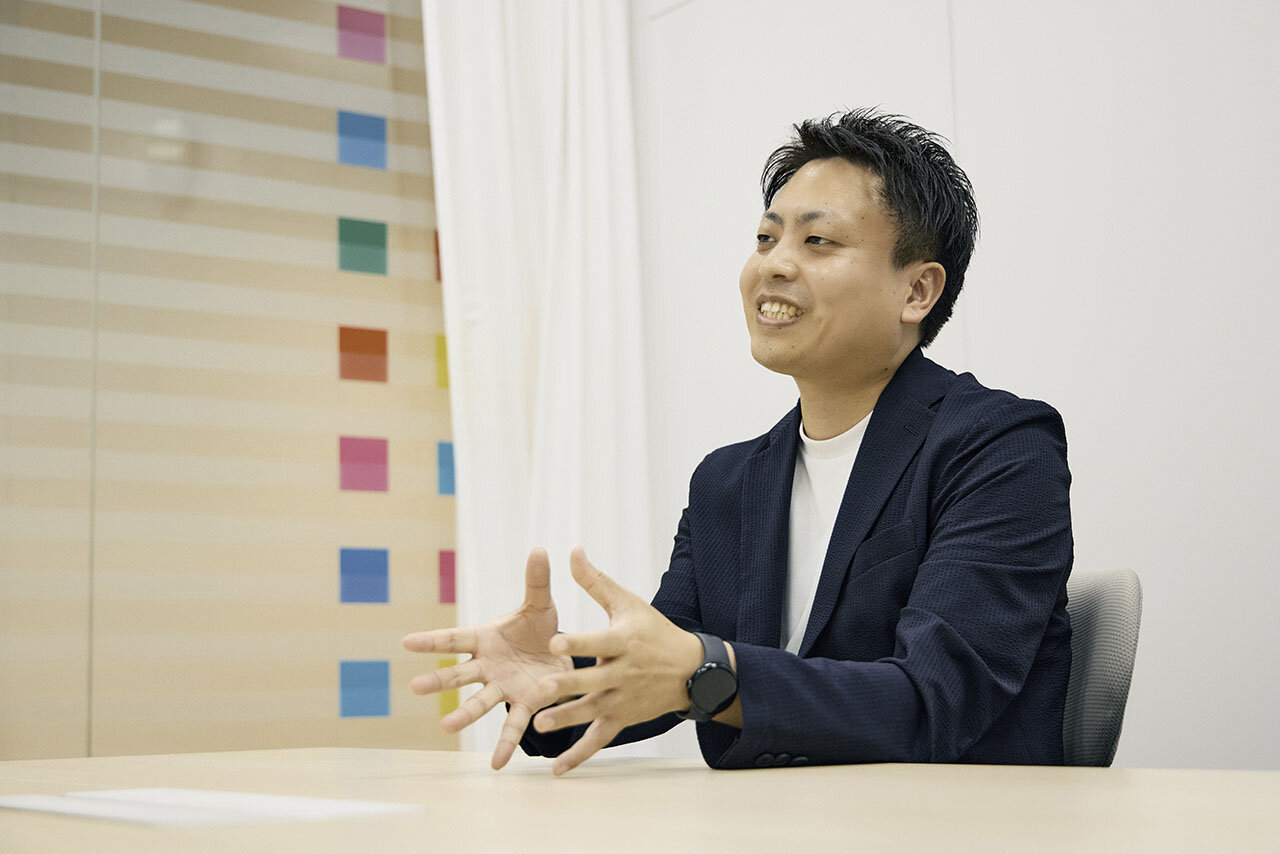
"I started out testing digital devices, and two years later, I was put in charge of migrating apps to the cloud. Cloud computing means, for example, storing app data not on a specific device, but on the internet, so that users can access it anytime, from anywhere."
After gaining five years of experience, Fukunaga joined Seven & i Net Media in December 2022. At first, he hoped to continue working with apps, just like in his previous job. But during the interview, a suggestion changed his path: "Why not try building infrastructure for the Group’s companies using the cloud?"
"The interview had a really friendly atmosphere. Based on my past experience, they said, ‘You might be able to take on this kind of work too.’ It wasn’t exactly the role I’d initially envisioned, but I felt motivated to give it a try—and honestly, I didn’t hesitate much. I was certain that cloud technology would be key to future infrastructure, and I was happy they extended that opportunity to me."
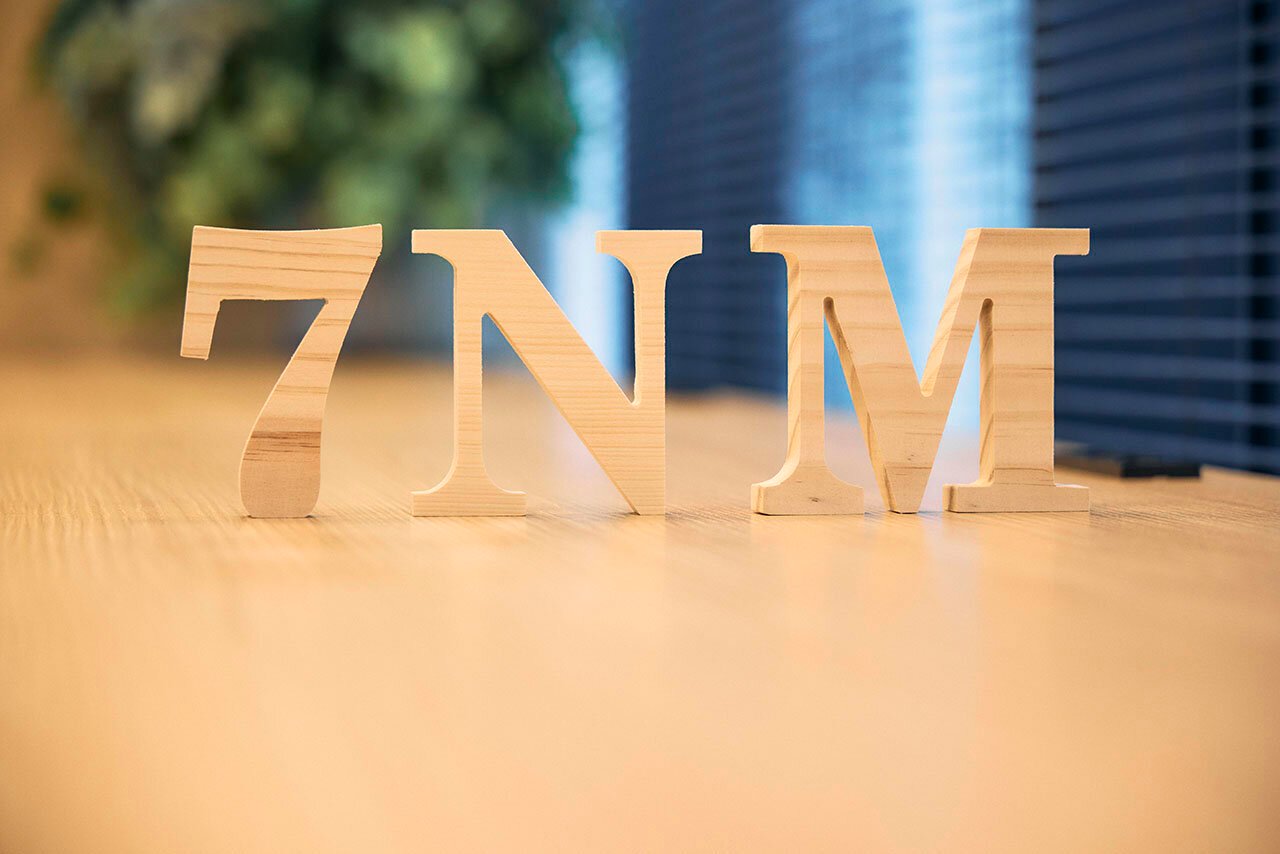
Today, Fukunaga is involved in proposing solutions across the Group and supporting the use of cloud services.
"What I find most interesting about my current role is getting to work on such a wide variety of apps, websites, and systems from different companies within the Group. Even if you look across the entire industry, I don’t think there are many places where you can work this broadly. We can also quickly explore new technologies, which makes it easy to feel my own growth."
Fukunaga has fully embraced his role as an engineer, but what he’s especially passionate about is communication with the Group’s various business entities.
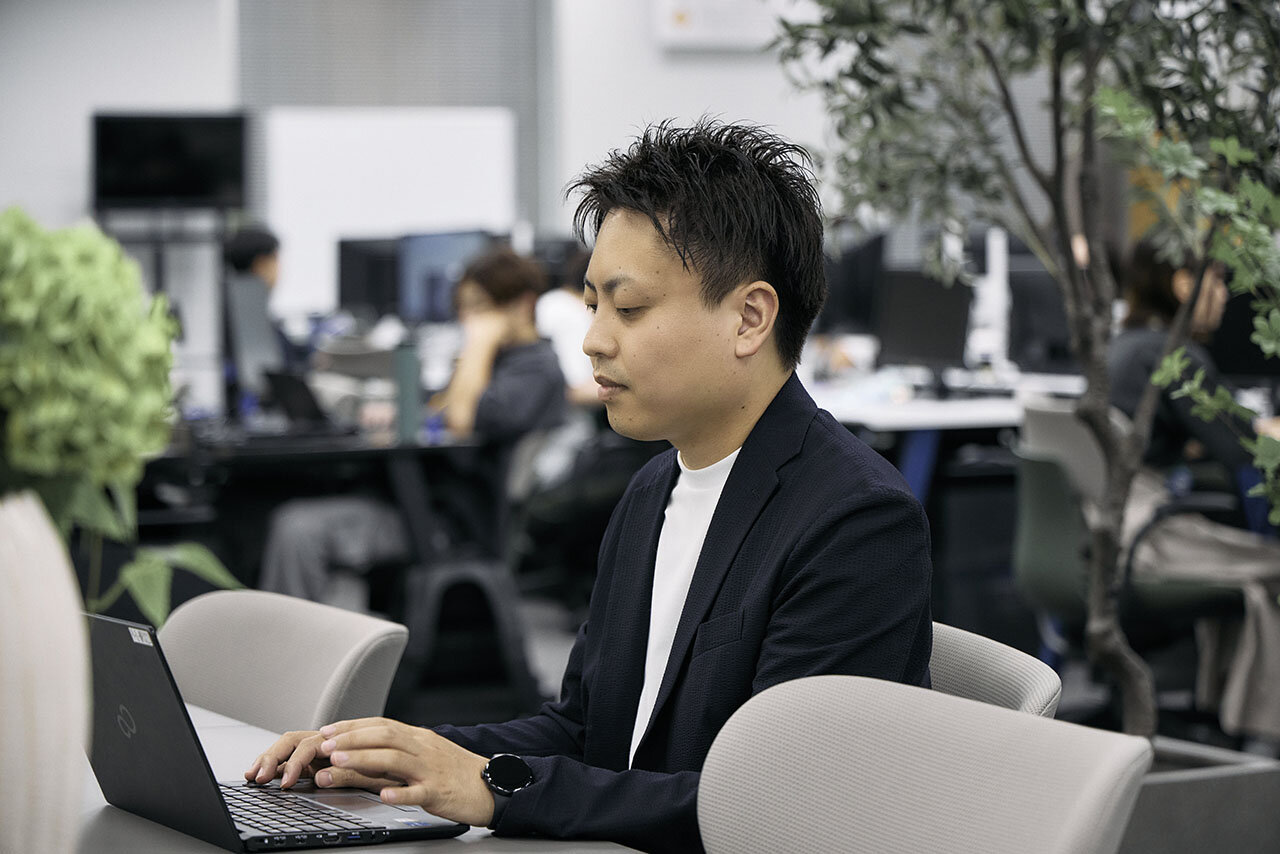
"Engineers tend to rely on technical jargon, but it doesn’t mean anything if we’re the only ones who understand it. That’s why I make an effort to communicate clearly using language everyone can understand. At the same time, the business companies we work with, like convenience stores and supermarkets, operate in completely different industries. They have their own perspectives and values shaped by their on-the-ground realities. So it’s important for us as engineers to understand their background and workflows, and to approach each challenge from the same standpoint."
Building relationships with people who think and work differently is part of the job.
Although working in a different field, Fukunaga’s ability to build connections, developed during his time in elder care, continues to play a vital role in his current work, always centered on "for the sake of the users."
To close, we asked Fukunaga to express his unique work style as a color.
Is Your Work Style Yellow? Or Green?
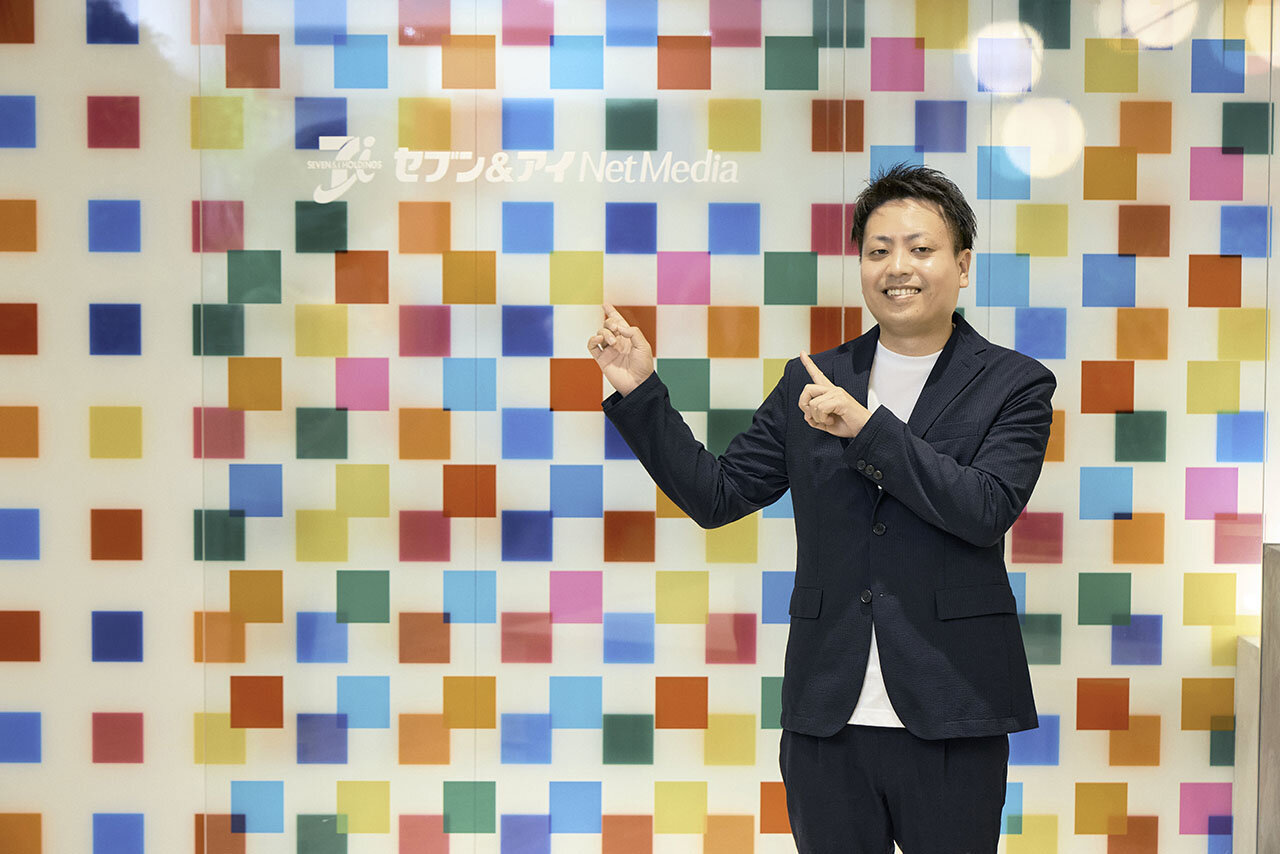
"When I think about what I actually do in my daily life, I realize I just really enjoy communicating—with people at work, of course, but also in my personal life. I really value the time I spend with friends and with my siblings who also live in Tokyo.
Actually, I couldn’t decide on a color to represent myself, so I asked my brother and his wife. They each gave me a different answer."
From his brother’s point of view, Fukunaga is "yellow."
"He first said it was because my raincoat as a kid was yellow. Of course, he was joking, but I felt he really knows me in his own way. He said yellow suited me because I’m always smiling and love connecting with people—and that part definitely rings true."
His sister-in-law, on the other hand, described him as "green."
"She said I’m calm and always supporting others. Their baby was just born recently, and I helped out by carrying a baby crib over to my sister-in-law’s parents’ house. I think that’s why they described me that way. So maybe I’m both yellow and green. Lime green might just be my color."
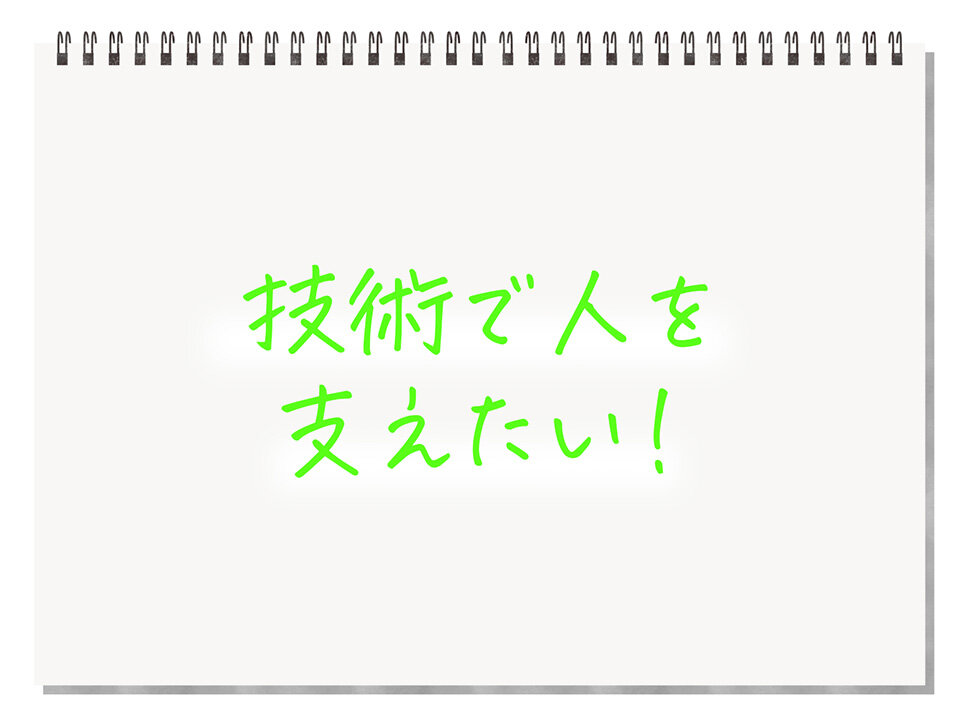
Supporting People Through Technology
Even as an engineer, the essence of the job is still about connecting people. From a mountain temple in Kunitomi, Miyazaki to the frontlines of elder care, Fukunaga has always been close to others—and today, he’s giving shape to the childhood dream of "wanting to help someone."
Fukunaga’s lime green story continues to unfold with warmth and purpose.
This text has been translated using an automatic translation tool.




